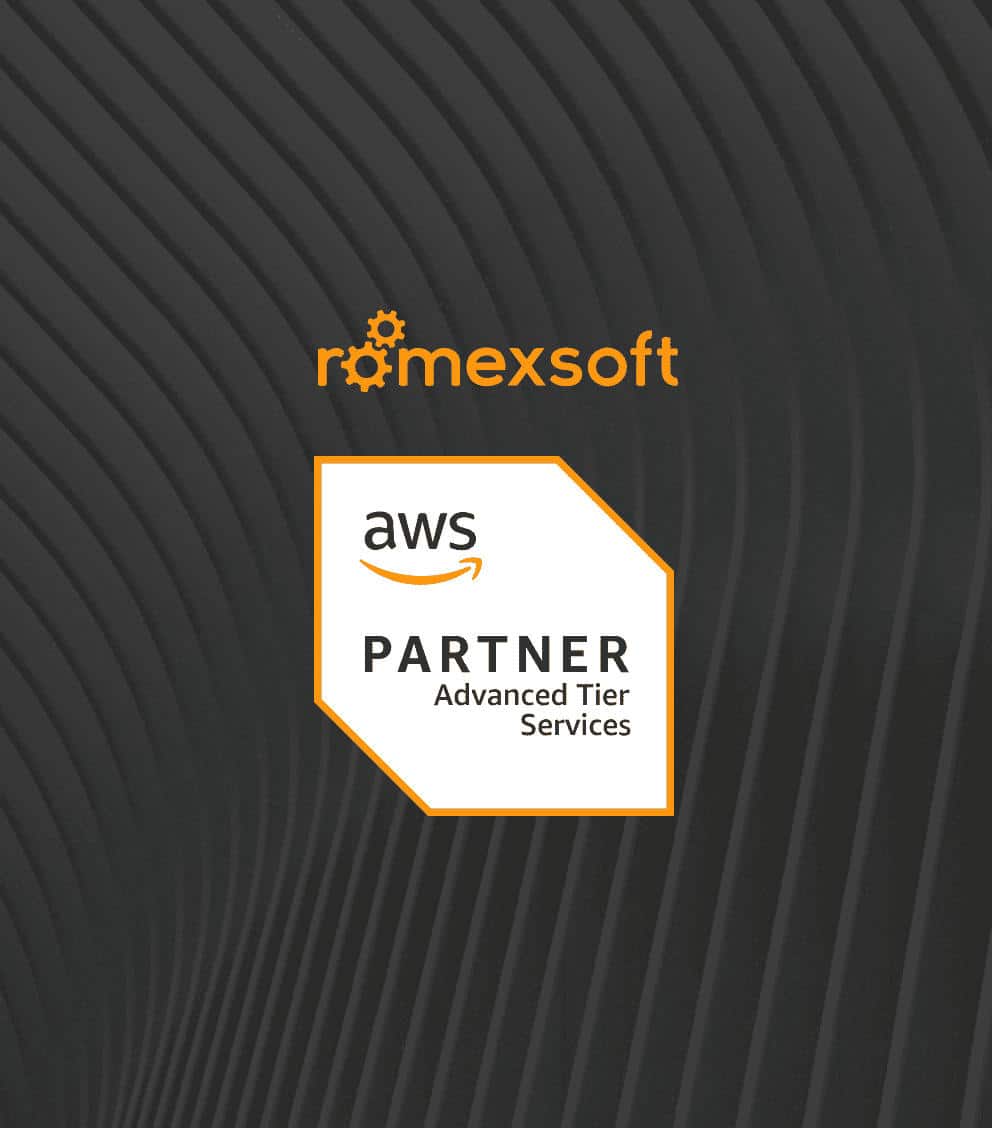AWS Certified DevOps Engineer – Professional
AWS Certified SysOps Administrator – Associate
Author’s Top Article

Reliable applications and seamless user experiences that distributed architectures promise entail a heavy reliance on observability and monitoring tools crucial for maintaining the performance and stability of complex systems.
The blog highlights:
- what are monitoring and observability
- what are the similarities and differences
- which one and when to choose
- how to choose the right tool
- future trends

Author’s All Publications

In the world of software development and operations, Continuous Integration and Continuous Delivery (CI/CD) are more than mere buzzwords. They represent a transformative approach that accelerates software releases while ensuring quality and reliability.
Looking back, the software industry used to rely heavily on long development cycles. CI/CD evolved as a response to the need for more frequent and reliable software releases in an agile environment.


In the era of digital transformation, where innovation is the name of the game, the marriage of DevOps practices and cloud development is a strategic alliance poised to reshape the way businesses approach application delivery. Here’s what you can expect to glean from our exploration of merging DevOps and cloud development:
- Streamlined Development: Discover how this integration simplifies and accelerates the development process, allowing for faster time-to-market.
- Improved Collaboration: Learn how DevOps and cloud development foster collaboration among development, operations, and testing teams, breaking down silos.
- Scalability Unleashed: Explore how the cloud empowers your applications to scale dynamically, meeting changing demands seamlessly.
- Cost Efficiency: Uncover strategies for optimizing costs by eliminating the need for in-house data centers and reducing IT personnel expenses.
- Enhanced Security: Dive into the security benefits of cloud development and best practices for safeguarding your applications and data.
- Global Reach: Understand how cloud services enable global availability, ensuring your applications are accessible to users worldwide.
In this article, we guide you through the fusion of DevOps and cloud development, providing invaluable insights and strategies for achieving development excellence in the digital age.


Switching from in-house hardware to cloud solutions can lead to significant cost reduction. However, it’s easy to overspend without proper AWS cost optimisation. Unnoticed expenses, such as unused instances, obsolete snapshots, and unattached volumes, can inflate your AWS bill. Cost optimisation not only saves money but also makes your infrastructure leaner and more efficient, improving performance and user experience. It also encourages proactive infrastructure management, leading to more informed decision-making. This post explores 12 AWS cost reduction strategies, including using Reserved Instances, Compute Savings Plans, Amazon EC2 Spot Instances, and AWS Auto Scaling. It also discusses the importance of terminating unused assets, using AWS monitoring tools, and regularly assessing and analyzing your cloud environment.


It can’t be denied that migrating your business’ operations to cloud provides you with unparalleled benefits. From cost reduction to elimination of hardware maintenance – the Cloud has it all. Fortunately, Amazon Web Services just happens to be the cloud provider that can offer it all: reliable services, reasonable prices, and trustworthy partners. Thinking about […]


Do you want to know what DevOps structure will work for your business and what will not?
Here you can read about the benefits of each DevOps structure pattern and get some insights on their peculiarities and efficiency.
The things you should by all means take into consideration are your company’s size, structure, and business needs.

